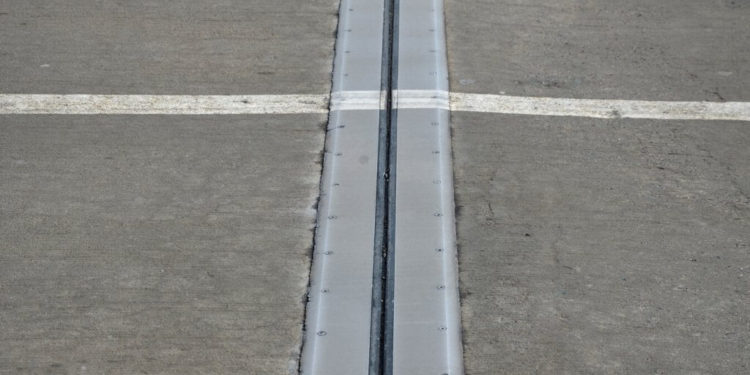Concrete expansion joints refer to the spacing placed between concrete elements to break continuity. Expansion joints allow independent movement between adjoining structural members, minimizing cracking when such movements are restrained. They are usually placed to cut across the structural elements of the building, including the slab, columns, and beams.
The position of the joint is usually determined by the structural engineer. Generally, after about 30 meters from one end of a long spanning concrete slab, an expansion joint should be placed. It is designed to relieve stress on building materials caused by movement induced by thermal expansion and contraction due to temperature changes.
Expansion joints are also used to divide two concrete elements that are next to each other but are supposed to be independent for example a platform and a block . Along boundary walls, expansion joints are placed between two columns every 12 meters. This ensures that any movement or stress in one section does not affect the adjacent section, maintaining the structural integrity of the building.
The material used to form the joint is known as Styrofoam, which measures about 10mm in thickness. The Styrofoam is placed in position before the casting of the concrete. After casting is done, the Styrofoam doesn’t pop up to the surface. Instead, a gap is left on the surface that is not aesthetically appealing. This gap is then filled with a rubber-like material known as elastomeric filler, which provides flexibility and ensures a smooth, finished appearance.
Properly installed expansion joints are crucial for the durability and longevity of concrete structures. They accommodate the natural movements of building materials, preventing damage and maintaining the integrity of the construction. In summary, the careful planning and placement of expansion joints by structural engineers are essential for any large concrete construction project, ensuring the structure can withstand environmental changes and remain safe and functional over time.


















